Presentation
Pain in the pharynx worse on swallowing. Some pain in the right ear.
Patient Data
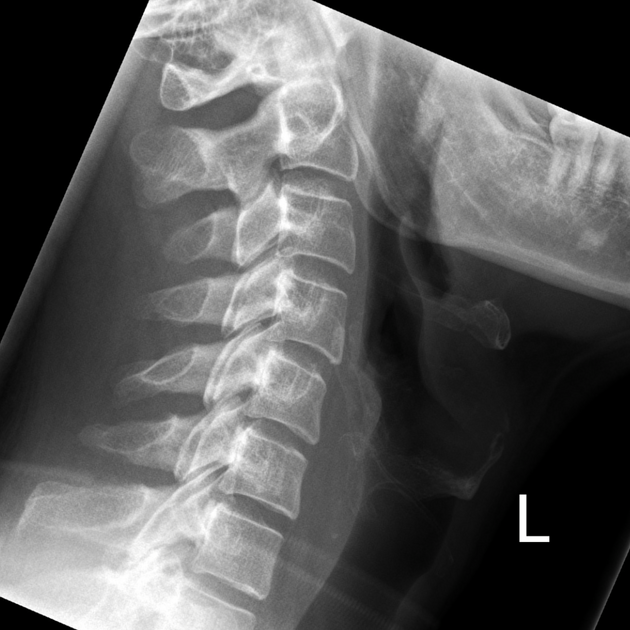
Lateral cervical x-ray demonstrates elongation of the styloid process and ossification of the stylohyoid ligaments.








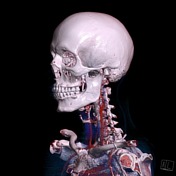

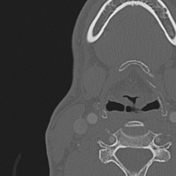



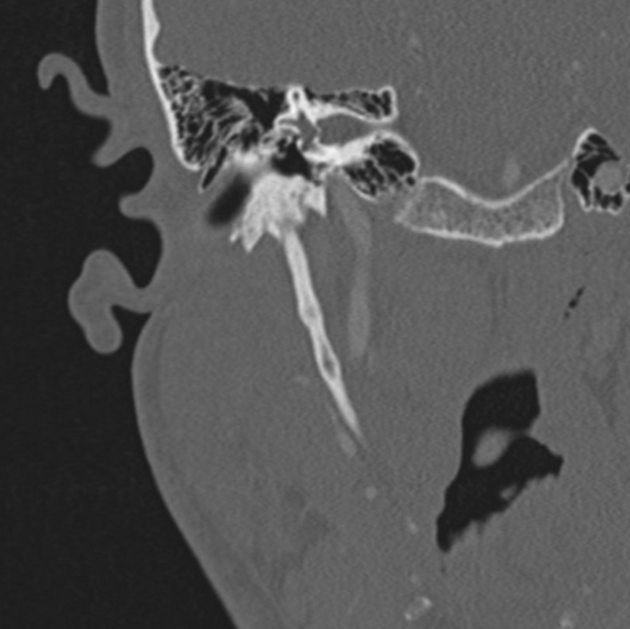
The syloid processes and the ossified stylohyoid ligaments are prominent on both sides of the neck. On the right the tip of the ossified ligament indents the lateral aspect of the pharynx.
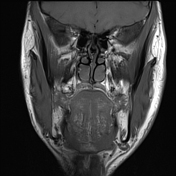

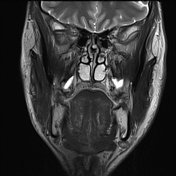

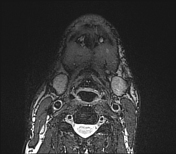

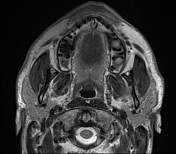

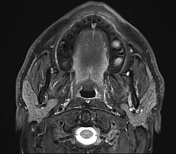

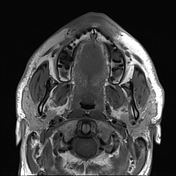

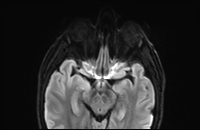

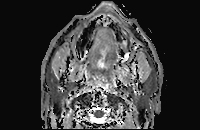

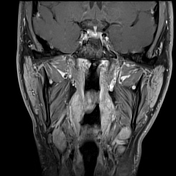

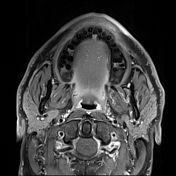

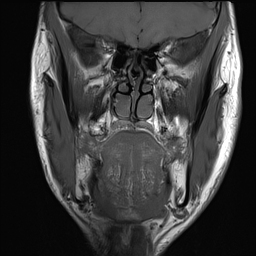
Case Discussion
This case illustrates bilateral elongated and ossified stylohyoid ligaments, the right side indenting the pharyngeal wall. It is important to note that the presence of elongated processes is not sufficient for the diagnosis of Eagle syndrome. Rather, the presence of symptoms must also be present, attributable to the abnormality. In this instance, the right-sided ear pain was deemed to be referred glossopharyngeal pain. The pain on swallowing was confirmed to be right-sided.
The patient was treated medically with analgesia and non-steroidal anti-inflammatory agents and remains well, with only occasional minor relapses.
At this stage, no surgery has been performed.




 Unable to process the form. Check for errors and try again.
Unable to process the form. Check for errors and try again.